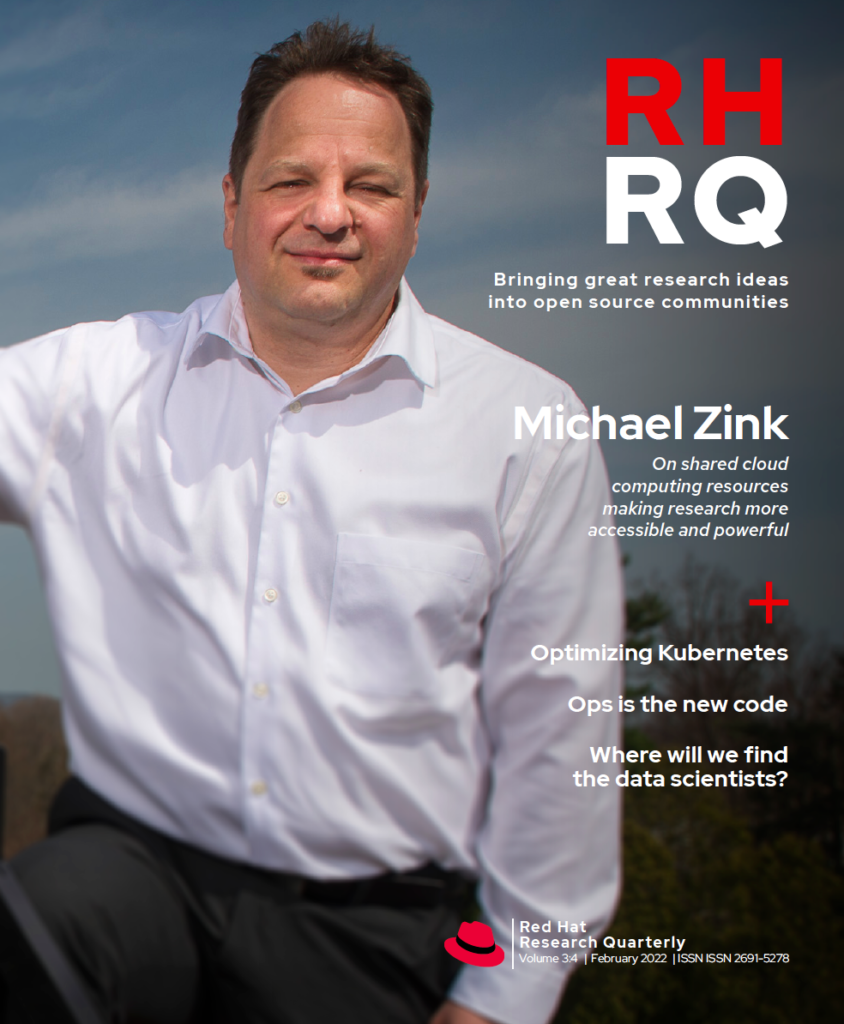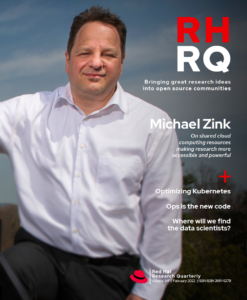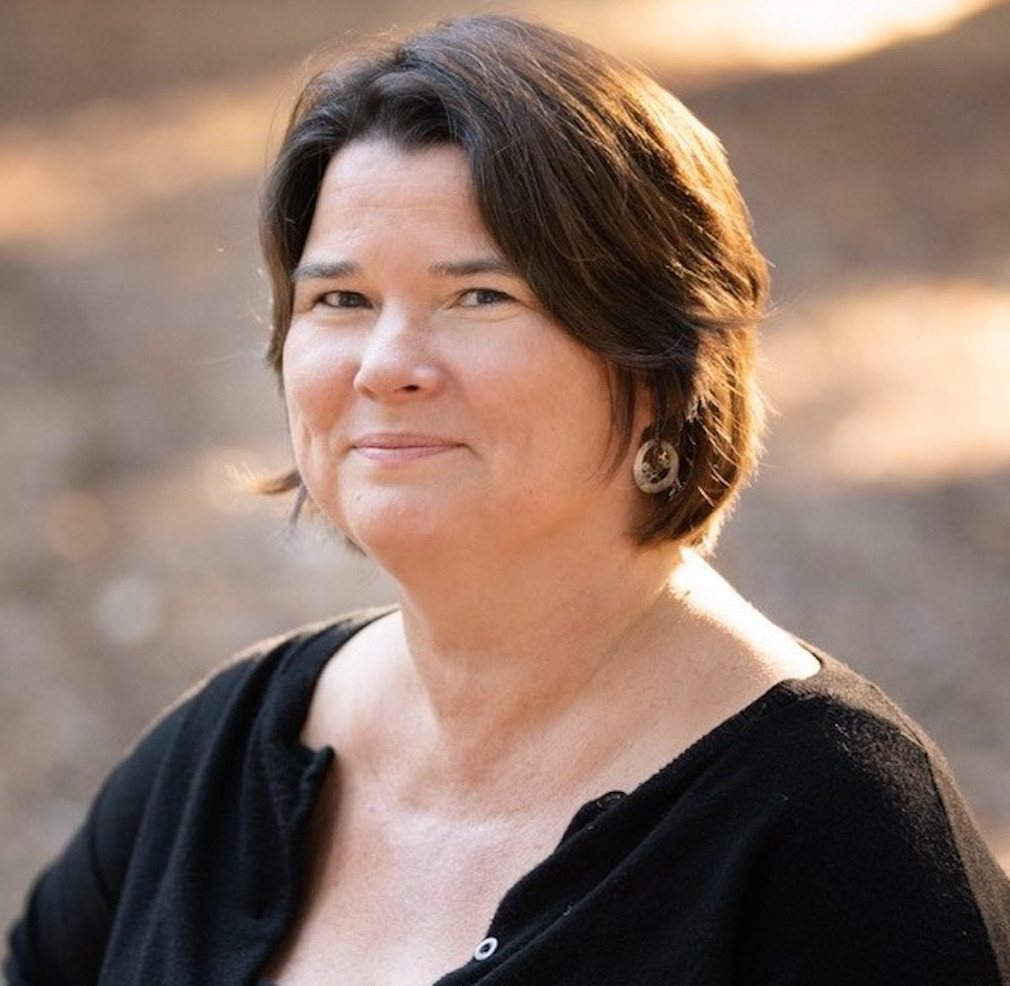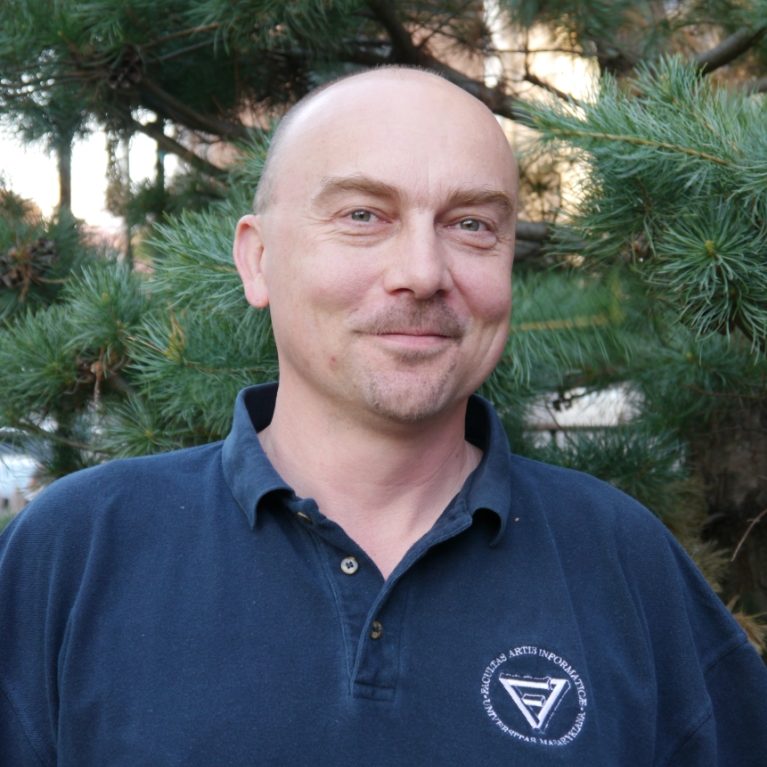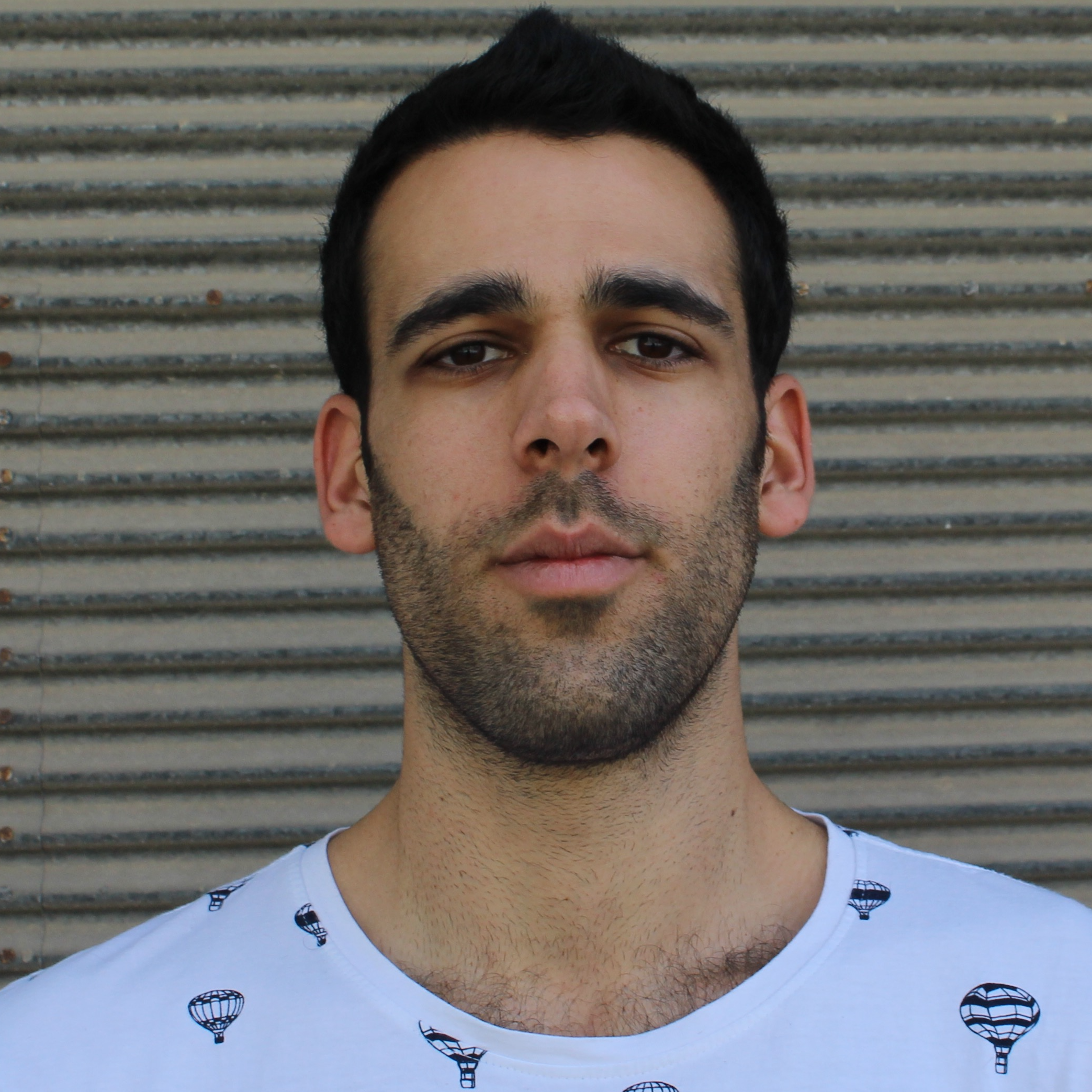Collaboration between industry and academia has become a popular talking point in tech, but that wasn’t always the case.
When Red Hat Czech took the first steps towards supporting PhD students directly, this type of funding and mentorship was not common. The initiative began in 2015, in cooperation with the Faculty of Informatics at Masaryk University in Brno, where significant support continues. The growth and continued success of the partnership between the two institutions, founded on a program aimed at undergraduate and graduate students, made direct doctoral support a natural next step. Starting small and working iteratively, the program has inspired a number of other partners to follow in Red Hat’s footsteps.
These are some of the most essential factors for the initiative discovered so far:
First: Supporting individual students rather than an entire institution. This direct method of support makes it possible to select projects that resonate with an open source vision.
Second: Minimizing control over the PhD student’s research. Red Hat provides financial support but does not contract the student for their job; it merely enables them to do better research. And while the company does have a right to comment on the student’s progress and direction a couple of times a year, it does so from an advisory position, shaping the direction, not prescribing specific work.
Third: Providing a community network and the know-how of working engineers. Accomplishing this means finding a cooperating engineering team or even a “co-advisor” among employees. Finding them, identifying a topic interesting to both parties, and maintaining working communication is the most challenging part to get right, and best practices are still evolving.
As in any project of this kind, some efforts bring more results than others. Not all of the early academia-industry collaborations yielded tangible results, but in all cases getting industry support improved conditions for those students and gave them the freedom to work in the open. This was an important step forward in itself, but the primary achievement of the program was yet to appear.

One aim of offering PhD support—also a primary goal of Red Hat Research itself— was to improve the educational ecosystem overall by creating a new standard for cooperation between the industry and academia. This wasn’t a program meant to build relationships only within Red Hat. Other companies were not only welcome to copy the program—replicating the program elsewhere was the desired outcome. The more companies that make similar efforts, the easier it is for such cooperation to become the established approach.
This is exactly what happened. Universities began to adopt this model of partnership with industry. Tech companies began developing similar best practices for forging connections in academia. Very recently, this trend has continued with PhD support as well. This new model of PhD support, which took Red Hat Czech years to polish, is now being adopted by other companies in the region.
Since our partnership first began, Masaryk students, with Red Hat support, have made advancements in the research of usable security design, automating software verification, AI/ML for adaptive learning, and several other areas. These projects are just two examples of noteworthy accomplishments:
Martin Ukrop: Investigating usability of security APIs, focusing on TLS certificate manipulation
Through his relationship with Red Hat, Martin set up a research booth at DevConf.cz, an annual technical conference. He was thus able to interview many developers year-over-year and evaluate their first-hand experience with security software. Furthermore, the know-how and connections of Red Hat engineers helped Martin get changes suggested by his research directly upstream into the OpenSSL codebase. Martin’s article “Don’t blame the developers: Making security usable for IT professionals,” published in issue 2:2 (August 2020) of this magazine, is just one of the results of this successful cooperation.
Agáta Kružíková: Investigating authentication in open source repositories
Thanks to support from Red Hat, Agáta was able to investigate the behavior of developers in real-world scenarios instead of using students in a lab setting. As a result, the research was much more ecologically valid and generalizable. Agáta’s work allowed both researchers and Red Hat to better understand security risks related to open source dependencies. Like Martin, Agáta published an article about her work in an earlier issue of this magazine: “User authentication for open source developers: What do they use?” (3:2, August 2021).
It is exciting to see how far simple cooperation can go when backed with an honest vision, open communication, and mutual interest. The PhD support program’s path to success also highlights the importance of courage when a new approach needs discovering. It may not work on the first try, perhaps not even on the second, but this method supports a core open source value: the best ideas always win, no matter where they come from.


